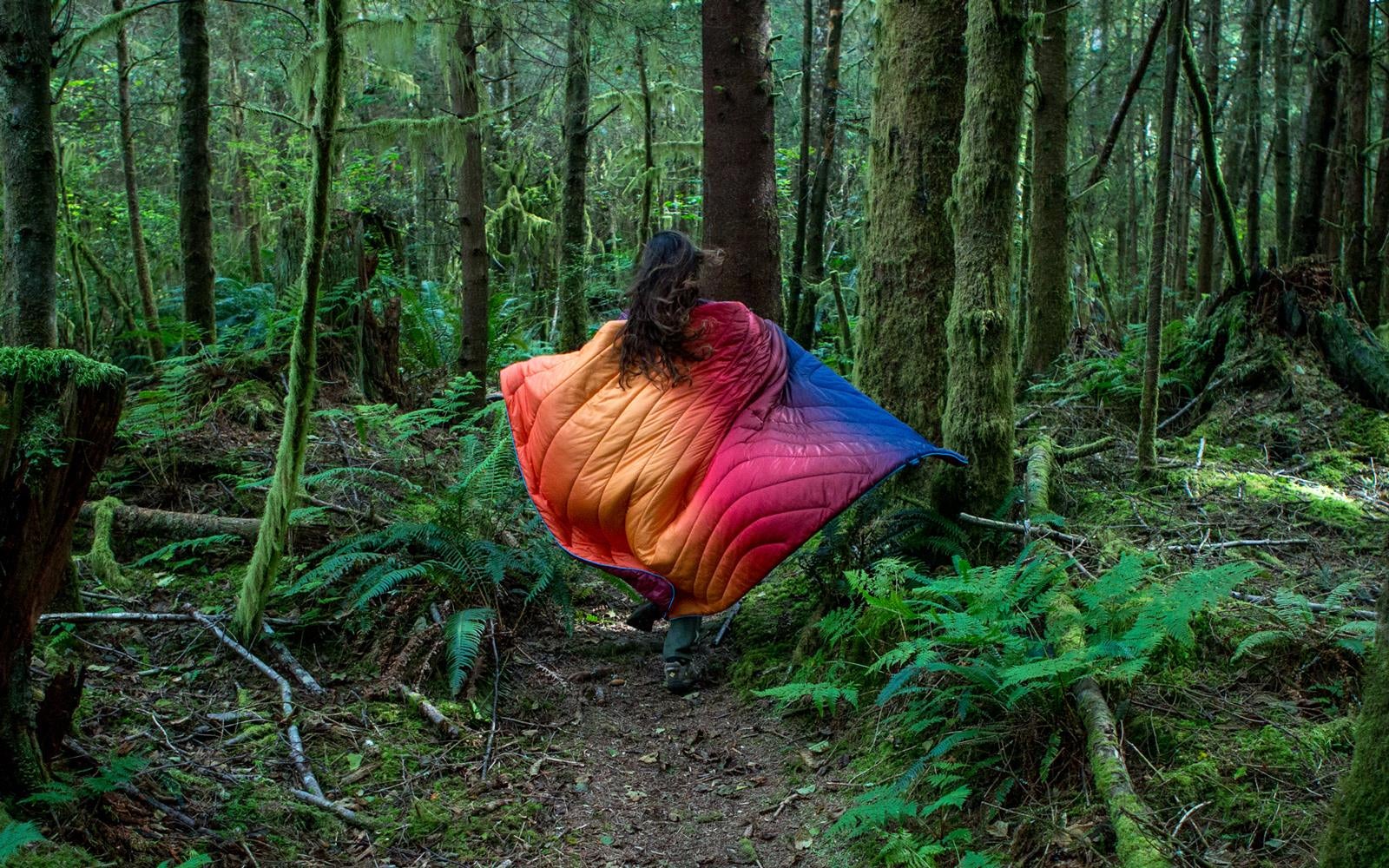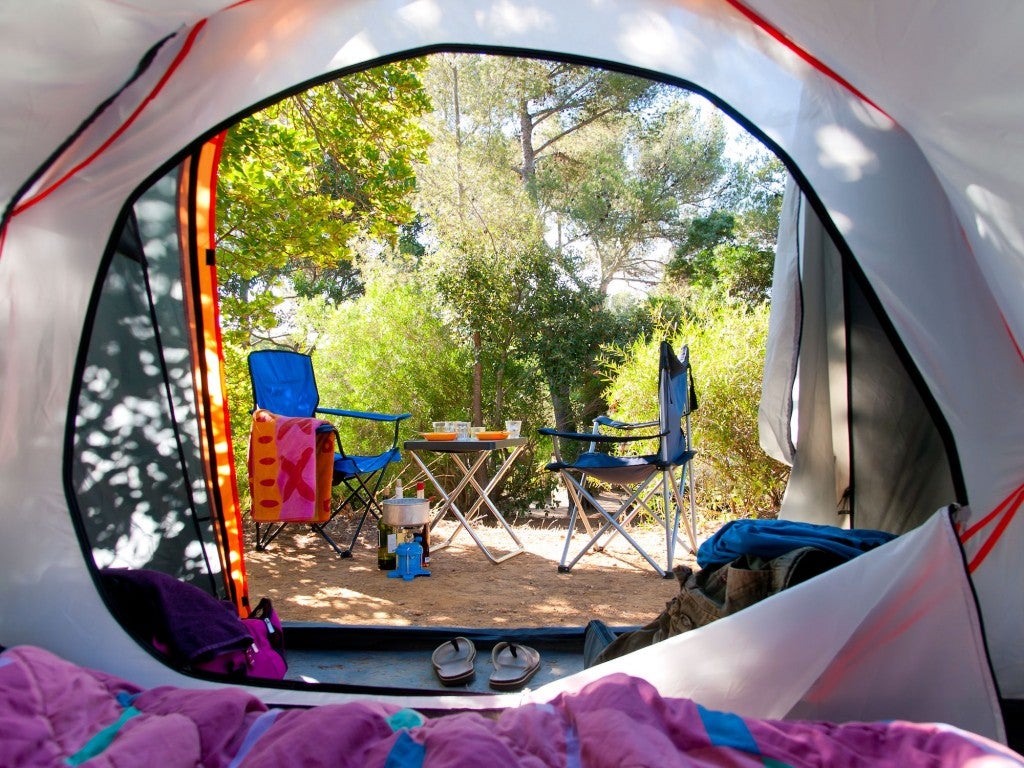I like to think of Kickstarter as the perfect business model.
If people want your product, they pay you to make it. If they don’t want it, they don’t pay you. And you don’t waste your time.
But it’s a little more complex than just whether or not people want your product.
Some incredible products have gone the Kickstarter route only to achieve a stunning failure. Other products end up in thousands of peoples’ junk drawers despite receiving unprecedented levels of funding.
What gives? Why do some deserving products underperform and some literal pieces of junk over-perform?
This phenomenon points at all the behind-the-scenes work of funding a project on Kickstarter. Failures sometimes could have been prevented with better strategy, and wild successes are evidence of well-executed strategy.
The reason: strategy is just as important as product when it comes to Kickstarter.
So, we’ve been sitting down with the people who’ve found success on Kickstarter to answer the question:
What does it take to run a successful Kickstarter in the outdoor industry?
This is the Kickstarter Expert Series, and today we’re talking to blanket extraordinaire, Rumpl. See the last installment in the Kickstarter Expert Series with Wylder Goods here.

A Rumpl blanket in its natural habitat.
Rumpl has run 2 other Kickstarter campaigns raising $661,092 total.
Most recently, Rumpl proved their dedication to innovating on Kickstarter by joining 2 other Kickstarter veterans, Power Practical and Ravean, to create one incredible product. Each company is contributing their strength: Rumpl with comfortable and durable outdoor blankets, Ravean with electrified clothing, and Power Practical with portable power.
The result: the Rumpl Puffe-, which is $280k+ over-funded and still going (the campaign closes January 13th).
Achieving Kickstarter Success:
An Interview with Rumpl’s Co-founder, Wylie Robinson
It’s my pleasure to present the following exclusive interview with Wylie Robinson, co-founder of Rumpl, on the various factors that go into running a successful Kickstarter in the outdoor industry.
Ryan Fliss, The Dyrt: Tell me about your path to what you’re doing now.
Wylie Robinson, Rumpl: I’m super excited about our latest effort, The Puffe- Heated Blanket. In addition to it being a brilliant adaptation of the age-old heated blanket, it excites me because it’s the first-ever Kickstarter campaign that was put together by three brands that all got their start on the platform — Rumpl, Ravean, and Power Practical. A partnership of this kind is a first for Kickstarter. To me, it represents a new territory for Kickstarter in that brands can now look at crowdfunding as a platform for collaboration, not just launching new products.

The Rumpl Puffe-, a first-of-its-kind heating blanket for anywhere from Rumpl, Ravean, and Power Practical.
RF: Do you see Rumpl continuing to use Kickstarter for future releases? Or is this the “pièce de resistance” before you guys go to on-site product launches in the future?
WR: We’re still trying to figure that out. Kickstarter is a great platform for us, but we also want to test our hand at the more traditional launch model.
RF: What were your initial goals (monetary and other)?
WR: Our goal is $20,000. With that amount of funding, we’d be able to produce enough units to make this effort economical. The “other” goal is to raise awareness about how Kickstarter has helped each of the three brands come together. It’s like the stories you hear of people finding their lost relatives on Facebook through facial recognition… I think it’s a wonderful bi-product that Kickstarter probably did not expect to happen.
RF: $20,000 is clearly an achievable goal, especially with each of your marketing teams behind promotion. Would you say, then, this is more about branding and brand awareness?
WR: 100% about awareness.
RF: Any input from Kickstarter HQ about this trifecta action?
WR: None actually. I know a lot of successful Kickstarter companies that share the same feedback that they have very little or no interaction with Kickstarter.
RF: How did you choose how long to run your Kickstarter campaign?
WR: In the case of the Puffe-, it was entirely about how the campaign fell in relation to US holidays. We’re beginning in mid November, and want to capture holiday spending behavior through the end of the year.
RF: Smart. Do you think this type of thinking applies year-round or more so just around the holidays? The dead of winter is the perfect time to release a heated blanket, too…
WR: You always want to launch a product when you think people will buy it. Whether that’s the start of camping season or the start of the holiday spending behavior it’s all about hitting when demand is high.
RF: What were you doing 2 weeks out?
WR: Freaking out… In all honesty, we were dotting our I’s and crossing our T’s. Most of the creative had been completed, but we were pretty far behind on operational stuff like shipping calculations, FAQ prep, Google analytics setup, etc…
RF: “Pretty far behind” in relation to your initial strategy for the campaign? Can you talk about setting up that strategy and timeline?
WR: Pretty far behind in relation to how polished the public facing stuff was. There’s not a ton of strategy behind the setup other than to ensure you hit the dates you set on the calendar. The creative usually comes first, then the operational stuff.
RF: Who were key players (internal and external) to funding your campaign?
WR: Everyone at Rumpl, Ravean, and Power Practical put in a ton of effort. It’s worth noting that Ravean was the brand that initiated this partnership.
RF: Was it a hard sell to get you all on board or did it make sense from the get-go?
WR: For sure. It’s a tricky profit sharing model we built and heavily relies on all of us trusting each other. It all started with all of us meeting in person to see if we clicked on a personal level. We all got along great. If that hadn’t been the case I don’t think anyone would have felt comfortable moving forward.

Like other Rumpl blankets, the Puffe- compacts to a size that’s designed to come along for the ride.
RF: How do I know my Kickstarter will be successful before I launch it? How can I guarantee success?
WR: You can never guarantee it will be successful. I think that the best prep is to run the campaign by as many peers as possible and ask them to poke holes in it. Then when you launch, make sure you get loud across your network and drive visits to the page.
RF: Are you running the full campaign, media, copy by your peers? Or just the product and elevator pitch?
WR: Usually the full campaign. You’re given a preview link the instant you begin creating the campaign page, so you just share that with as many people as possible.
RF: What marketing techniques brought the highest ROI during your campaigns?
WR: Beyond notifying your first and second degree networks, which should be done on day 1, press hits are huge. If you can get samples over to magazine or blog editors they usually drive a lot of traffic to your campaign
RF: Day 1 of planning or day 1 of launch?
WR: As soon as you have something to show them. I notified people as soon as we had a campaign preview available to show them.
RF: In your experience, are press hits about who you know, or is there hope for new-to-the-industry entrepreneurs?
WR: A little of both honestly. PR for Kickstarter is a science — because readers can’t buy the thing immediately and have instant gratification, you really need to sell media on why this thing is game changing, and worth publishing despite the wait their readers will face.
RF: What kind of marketing budget do I need?
WR: The first Kickstarter Rumpl ran used $0 for marketing, literally $0. The second one we spent about 15K on google and Facebook ads. The second Kickstarter did about $225,000 more in revenue, and I think it’s tough to say if those ads are what really moved the needle. We had a much bigger organic audience the second time around so naturally more awareness was spread. I think if you’re a first timer to Kickstarter do it the scrappy way and don’t pay into the online advertising machine. That will tell you more about how well received your product is anyway. It’s much harder to have a winning product that naturally gets attention than it is to pay for visibility.
RF: That’s massive. Was it just your extended network promoting the product? Did you have media hits? And did you know what you were doing going in or were you just throwing your whole force behind it?
WR: It’s was literally just beating our head against the wall looking for any possible way to gain exposure. I sent hundreds of emails a day to anyone that could possibly help us spread the word. We got some great media hits through second, third, and even forth degree connections. Someone always knows someone important.
RF: My first contact with Rumpl was Instagram roughly two years ago. Did you actively push (via ambassadors or other means) for awareness on social or was that a byproduct of a good product?
WR: We pushed actively and aggressively. Instagram is both a content platform as well as a customer service channel. We were ultra attentive to both. Only the best photos made it, and every inquiry was responded to thoughtfully.

Rumpl has been crushing the social media game since day 1.
RF: When should I work with a firm like Funded Today or Jellop?
WR: When you have a budget to spend on them and you’re OK letting someone else take the reigns on your advertising. As a new brand that can be daunting and you want to protect your brand message/voice. Giving over that control in the beginning is a big risk in my opinion. Rumpl did not use those services in our campaigns.
RF: What are the most important pre-campaign activities to prepare for launch?
WR: Get loud. Literally everywhere. Everything from emailing everyone you know, to posting everywhere on the internet, to putting flyers out in coffee shops. Nothing hurts and it’s all about spreading the word.
RF: What are some places people often overlook when it comes to posting everywhere on the internet? For forums etc. where that kind of posting might be frowned upon, did you strive to do so subtly, or did you go the full-transparency route and say you’re Rumpl and ask people to check it out?
WR: By posting everywhere on the internet I don’t necessarily mean every possible platform. It’s more about choosing your channels and doing them really well. For us we focused on Instagram and Facebook.
RF: Post-campaign advice?
WR: It’s really only just begun. Post campaign is super challenging and can often lead to big mistakes. Stay on your game and don’t lose focus. You’ll get a massive dump of cluttered data from Kickstarter that you’ll need to sift through and clean up. You’ll have backers that moved or forget to tell you their style preference. It’s just kind of a fulfillment nightmare…. Just be ready.
RF: Are you obligated to chase these people around or do you have a threshold after which you can drop certain backers (e.g. after 5 attempts at contact)? Do you do all this manually or run them through a semi-automated email campaign?
WR: It’s all manual and very time consuming. We’re literally just given an email address and that’s how we have to contact them. We usually do 3 “final attempts” before we cancel the order or just send them whatever we think they wanted.
Check out the video for the Puffe- here:
https://www.youtube.com/watch?v=8-RB7-42tnQ
See their latest Kickstarter here.
You can also follow their journey on Facebook and Instagram.
The Dyrt is the only camping app with all of the public and private campgrounds, RV parks, and free camping locations in the United States. Download now for iOS and Android.Popular Articles:
Articles on The Dyrt Magazine may contain links to affiliate websites. The Dyrt receives an affiliate commission for any purchases made by using such links at no additional cost to you the consumer.




